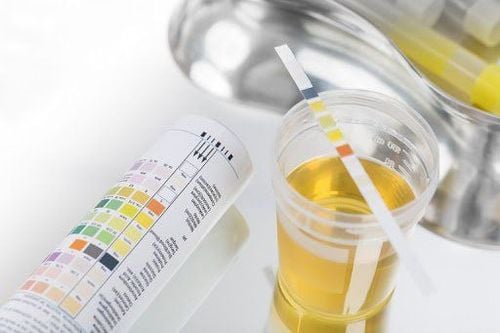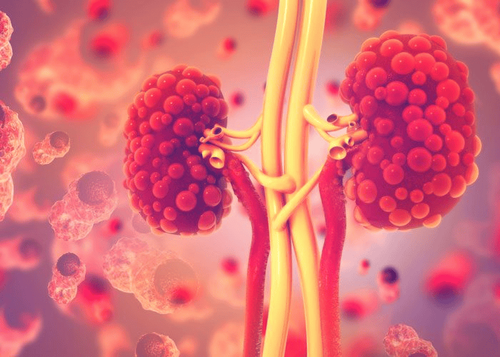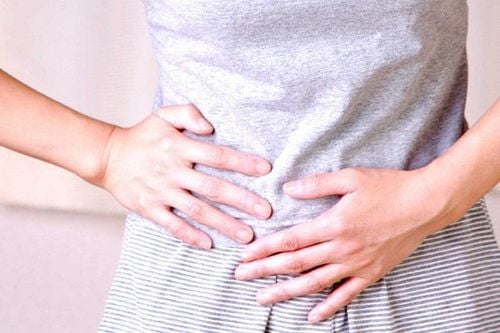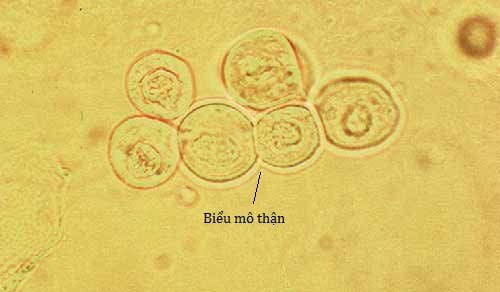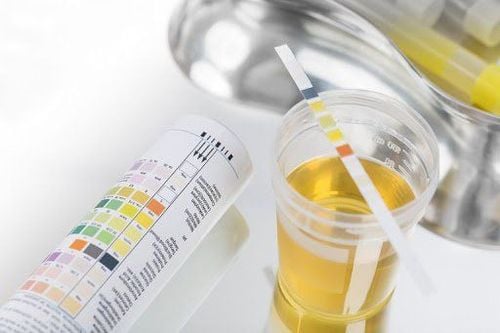This is an automatically translated article.
The article was written by Doctor of Emergency Department - Vinmec Phu Quoc International General HospitalIn principle, urine in the bladder lumen is sterile. This means that the urine does not contain any bacteria or other organisms. However, bacteria can enter the urethra upstream and cause urinary tract infections.
4. Piles in urine
Urinary casts are cylindrical structures found in urine. The essence of the pillar is mucoprotein, which is a protein secreted by damaged tubular cells (also known as Tam-Horsfall protein), and a protein from the plasma that is filtered by the glomerulus. Under concentrated conditions and in acidic urine, these proteins solidify and are molded in the distal tubule, which, upon detachment, are washed away in the urine.
Urinary cast is a manifestation of physical damage to the kidney, either in the glomerulus or in the renal tubule. If there are cells attached to the casts called cell casts, if there are fat droplets called fat casts, there are the following types:
+ Inner casts or hyaline casts: no cells
+ Granular casts: contain dead cells tubular epithelial cells, common in chronic glomerulonephritis
+ Red blood cell casts: contain red blood cells from the glomerulus, red blood cells are a manifestation of damage to the glomerulus, common in acute glomerulonephritis.
+ White blood cells: contain white blood cells, common in acute or chronic pyelonephritis
+ Fat casts: contain fat droplets, common in nephrotic syndrome.
When the diameter of the cast is more than twice the diameter of a polymorphonuclear leukocyte, it is called an enlarged cast, because the cast is made up of dilated distal tubules. If two-thirds of the casts in the urine are large casts, this is a valuable indicator for the diagnosis of chronic renal failure. Distinguishing from acute renal failure, there is no enlarged casts, but often dirty brown granules.
The type of pillar has a value to suggest the etiology of the disease, but has no definitive diagnostic value. The amount of casts more or less in the urine is not valuable to assess the severity or mildness of the disease.
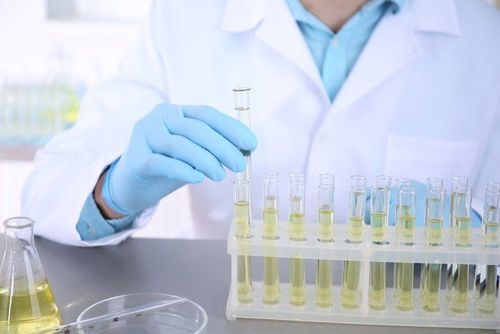
Trụ hình trong nước tiểu không có giá trị chẩn đoán quyết định bệnh
5. Crystals in urine
Inorganic components in urine can crystallize to form
Crystals depending on the concentration of dissolved inorganic matter, urine pH, and urine composition ratio. The following types of urinary crystals may be encountered:
Calculation of calcium phosphate Crystals of calcium oxalate. Urate crystals Crystals present in the urine have little pathological significance, and are less associated with kidney and urinary stones. If present in large quantities certain types of crystals and under certain conditions they can easily form stones. For example, urate stones form in the condition of complete urine pH, phosphate stones are easily formed in alkaline urine pH conditions, in addition, stone formation depends on the composition of substances in the urine and the presence of urine. of substances that inhibit or stimulate crystallization.
6. Bacteriuria
Finding bacteria in the urine is a very valuable factor in the diagnosis of urinary tract infections. In normal people, urine can also contain some bacteria (except tuberculosis bacilli), such as white staphylococcus, proteus, but the amount is small within a certain limit. When the bacterial count exceeds the normal limit, a urinary tract infection is present. On the contrary, if the urine is completely free of bacteria, it is not necessarily a disease because in the early stages of kidney tuberculosis, urinary tract tuberculosis, urine usually does not contain bacteria.
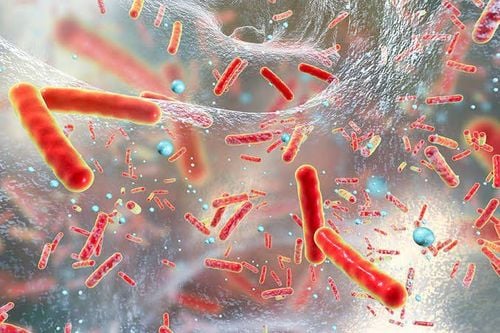
Vi khuẩn trong nước tiểu vượt quá bình thường là dấu hiệu nhiễm khuẩn tiết niệu
The technique of taking urine to test for bacteria is very important, it must be absolutely sterile to avoid contamination with bacteria. There are usually three ways to get a urine sample to test for bacteria.
+ Insert the needle through the skin into the bladder above the pubic mirror to collect urine, the technique must follow strictly aseptic procedures, This method ensures the most sterility, but can cause bleeding, causing urine to seep out. outside the bladder, so it is hardly used in clinical practice.
+ Collect urine by cystostomy through the urethra: clean the genitals with soap and clean water 2 times, disinfect with an antiseptic in the genital area and urethral opening, then use a sterile catheter to catheterize the bladder. Through the urethra to collect urine, this method can still push bacteria from the urethra into the urine, and at the same time, frequent urinary catheterization has the risk of causing cystitis and urethral inflammation for the patient, so it is also rarely used. in clinical.
+ Midstream urine collection: the night before, clean the genitals with soap and clean water, the next morning before collecting urine, clean the genital area with soap and clean water, then bacteria of the urethra and genitals. Have the patient urinate, discard the first part of the urine, collect the mid-ground urine with a sterile test tube, cover with a sterile cotton stopper, and send it to the laboratory for bacterial culture. If the urine cannot be cultured immediately, it must be stored at 4 C. This method is simple and does not harm the patient, so it is often used in clinical practice. However, about 10% of samples were mixed with bacteria in the urethra, only about 90% accuracy.
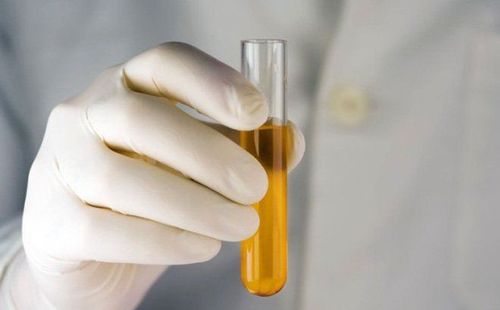
Kỹ thuật lấy nước tiểu xét nghiệm vi khuẩn rất quan trọng
Urine can be centrifuged to get fresh residue to look for bacteria, can be cultured in broth for normal bacteria, or cultured in Lowenstein Jensen medium (egg broth) or injected into animal peritoneum for tuberculosis bacilli.
If due to contamination at the time of specimen collection, when cultured, bacteria only grow in the range of 1000-2000 bacteria/ml of urine. If it is a true urinary tract infection, bacteria often grow quickly and are abundant in the urine in the bladder, so the number is often more than 105 bacteria/ml of urine. Bacterial count from 103 to less than 105 bacteria/ml urine is suspected of having an infection, need to be tested several times. When the number of bacteria is less than 103 bacteria/ml of urine, it is still a true UTI if the method of collecting urine is absolutely sterile, such as the suprapubic cystectomy.
Urinary tract infections are usually caused by only one strain of bacteria, mostly Gram-negative strains such as Escherichia coli, Proteus, Krepsienlla, Pseudomonas, Enterobactes. It may also be caused by a strain of Mycobacterium Tuberculosis, which often travels through the bloodstream, causing damage to the kidney parenchyma first, then to the renal pelvis and bladder. If contamination is caused by the collection of urine, many bacteria are often seen together, and the number of each type of bacteria is usually less than 103 bacteria/ml of urine.
If you have a need for consultation and examination at Vinmec Hospitals under the nationwide health system, please book an appointment on the website for service.
Please dial HOTLINE for more information or register for an appointment HERE. Download MyVinmec app to make appointments faster and to manage your bookings easily.





